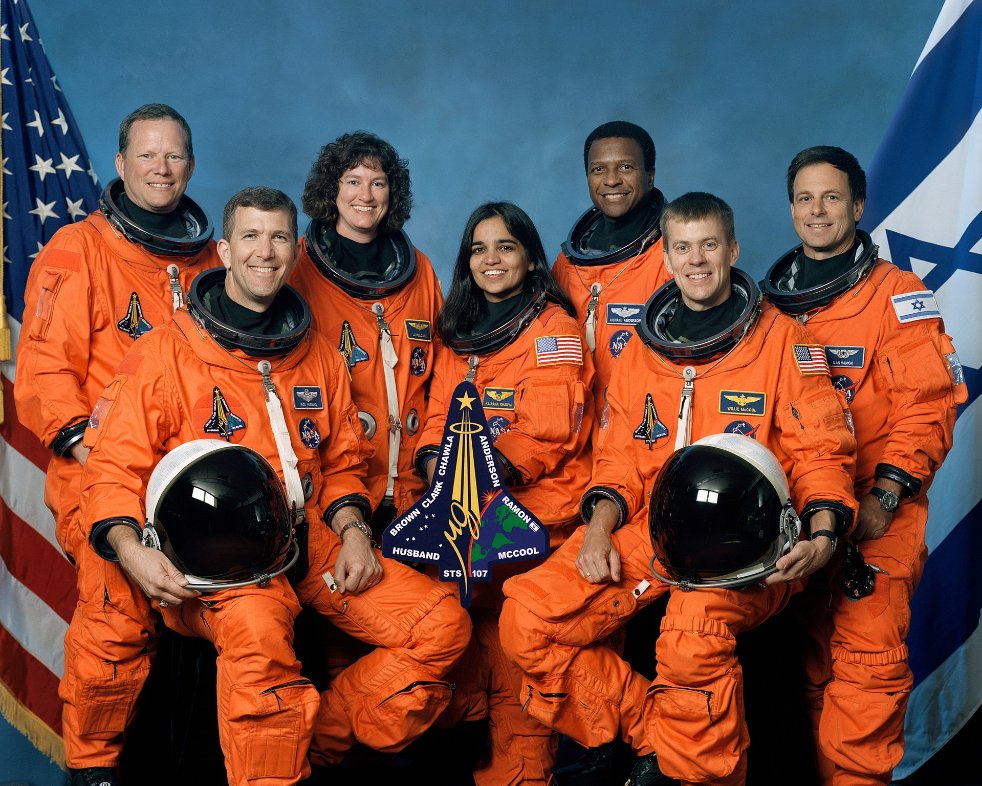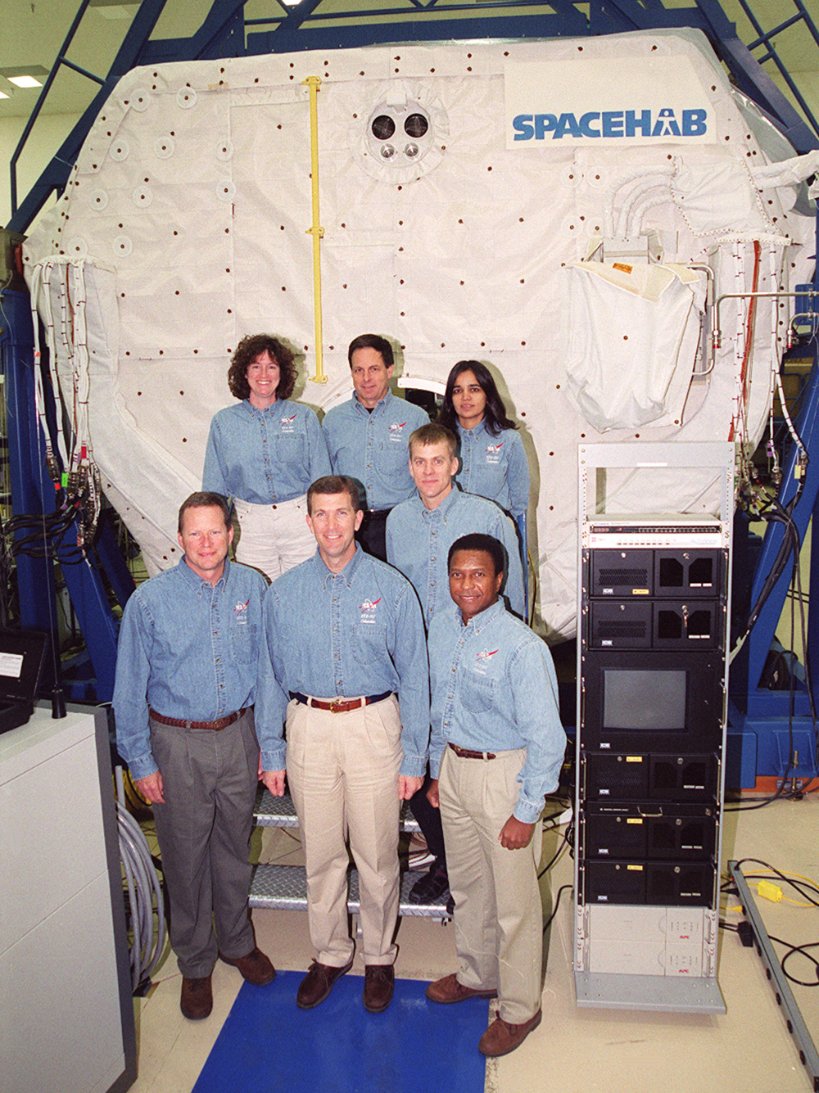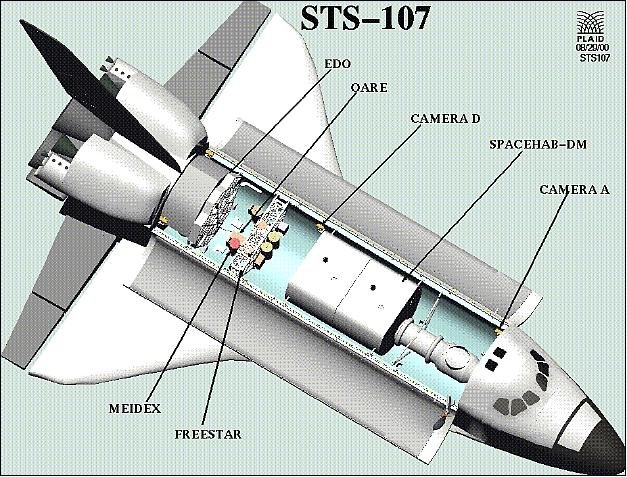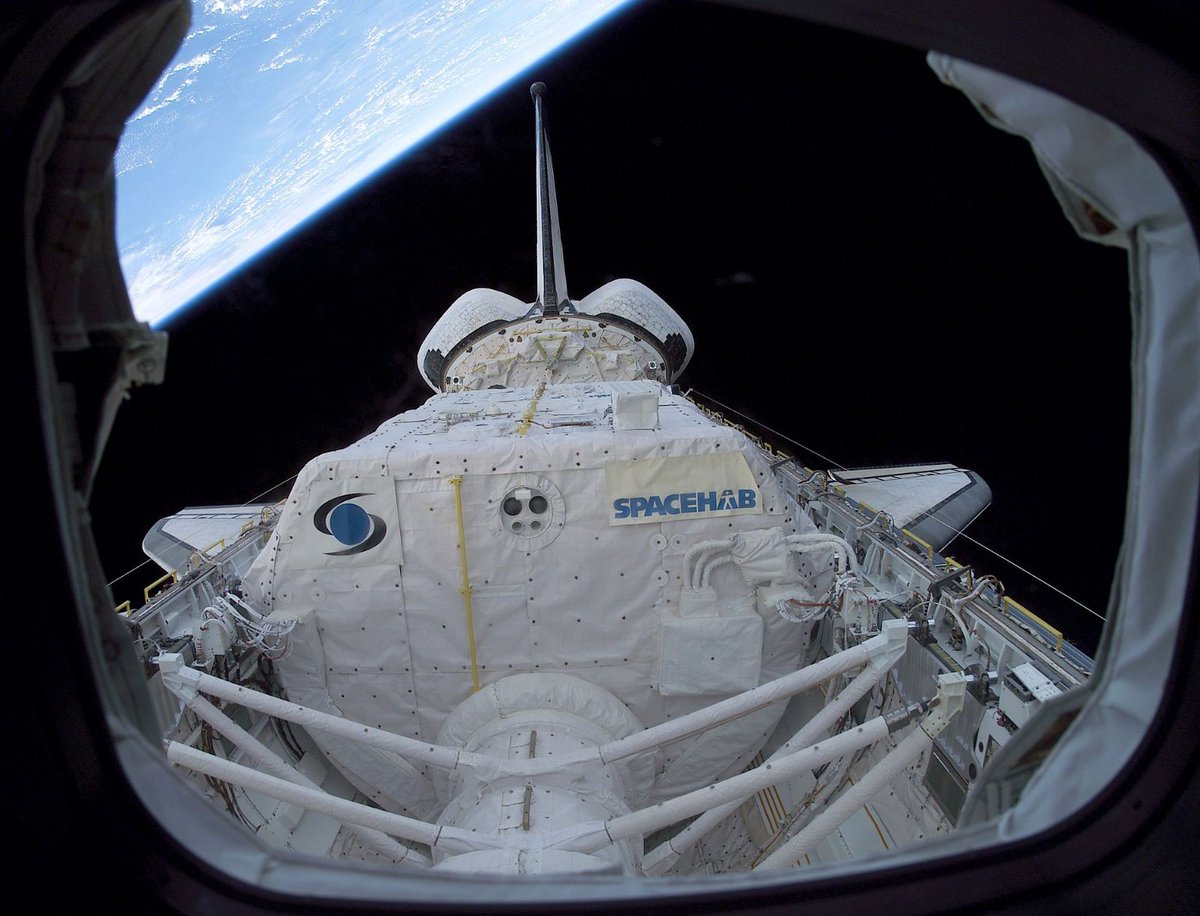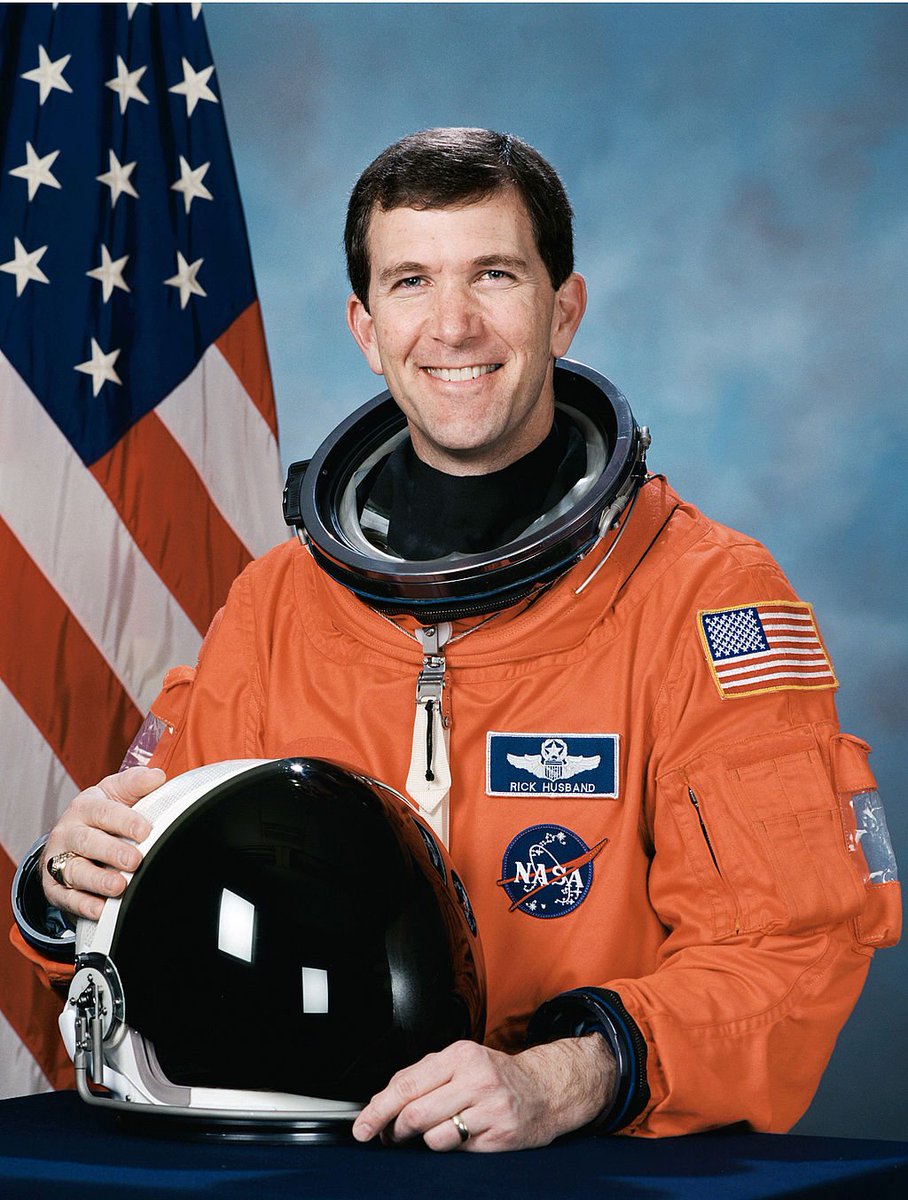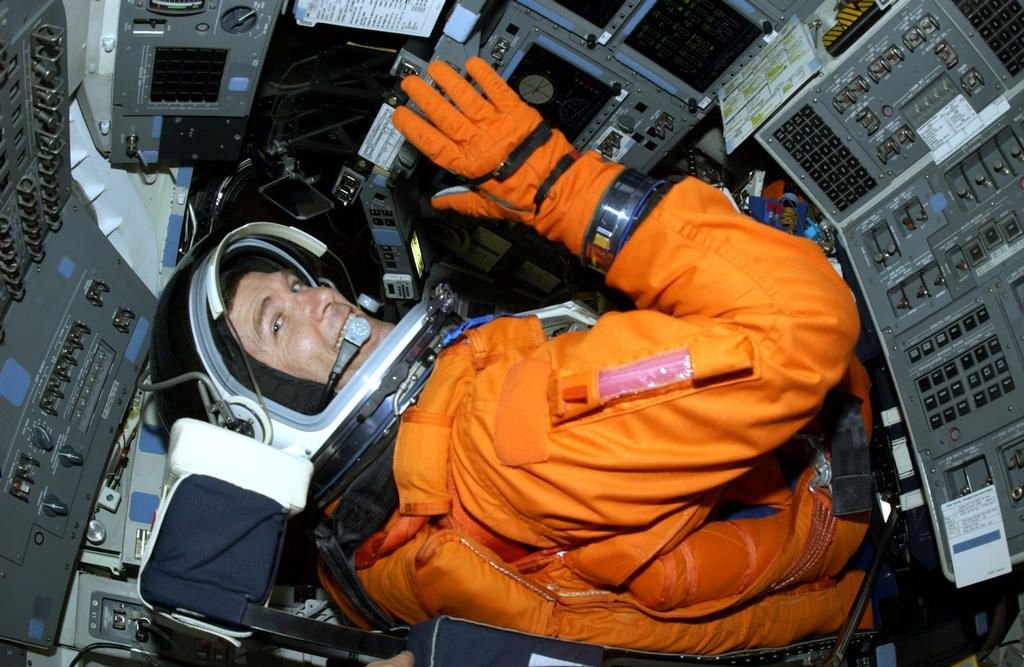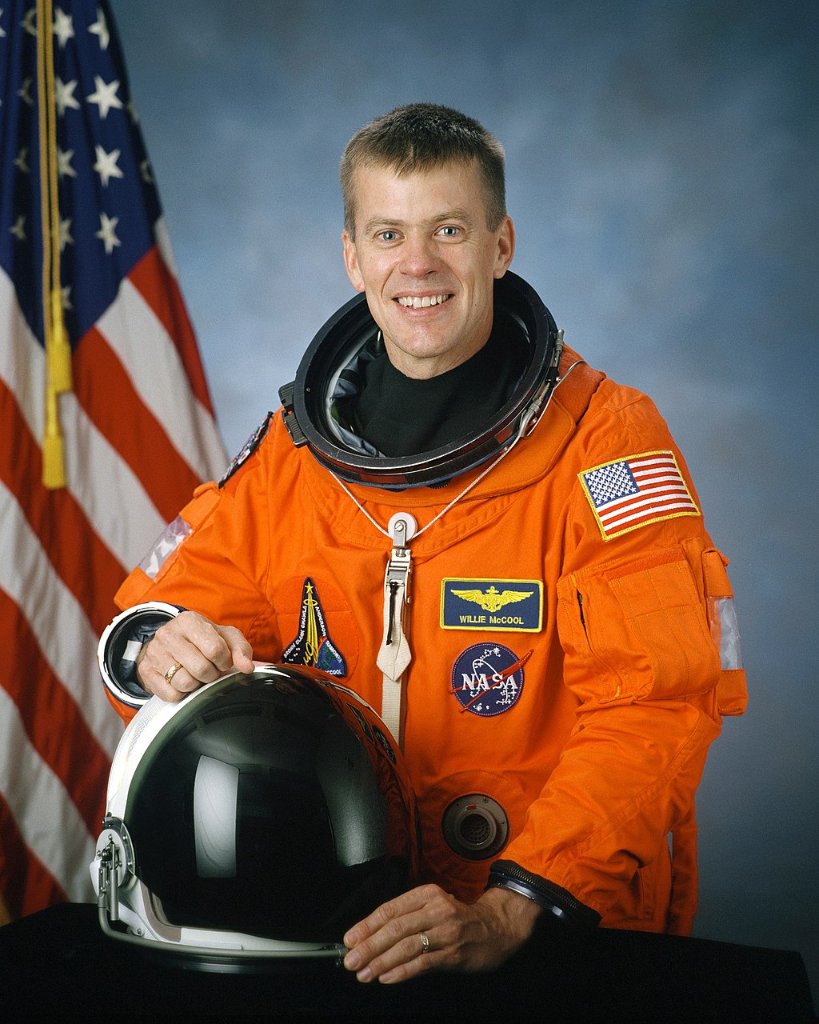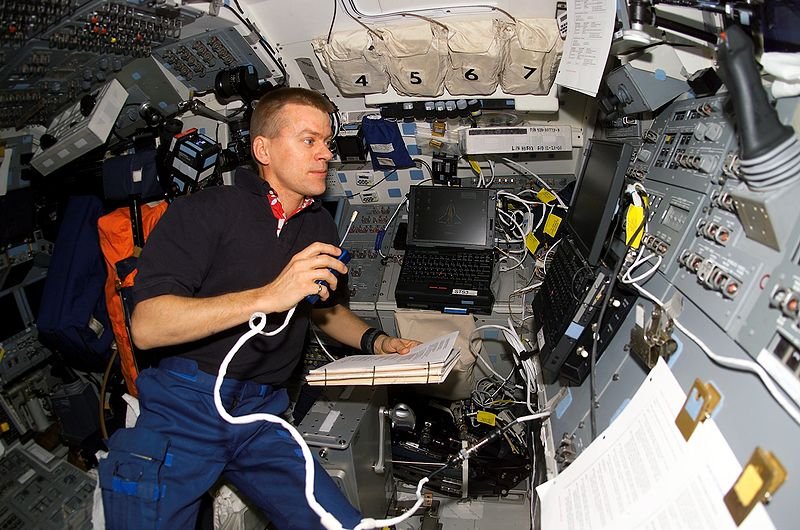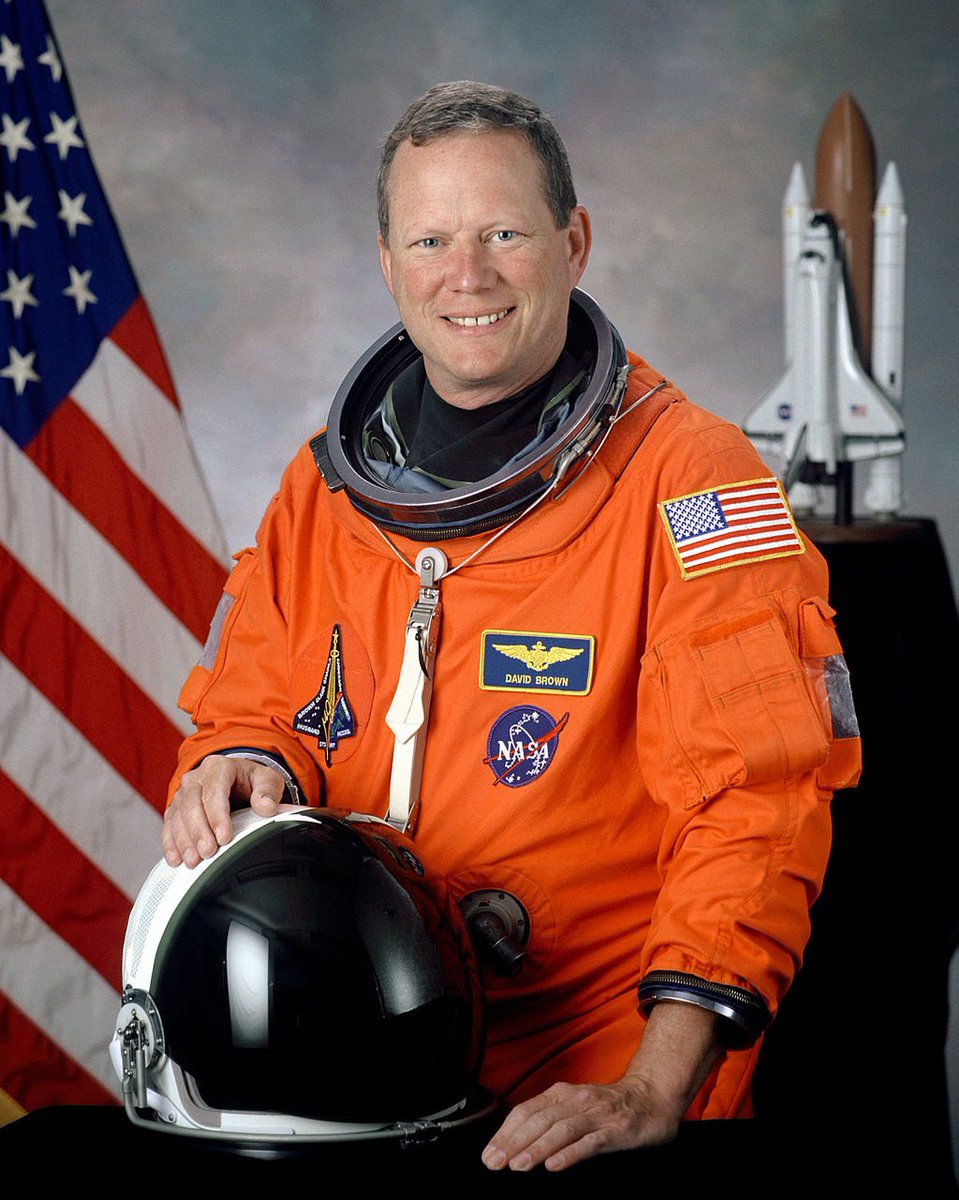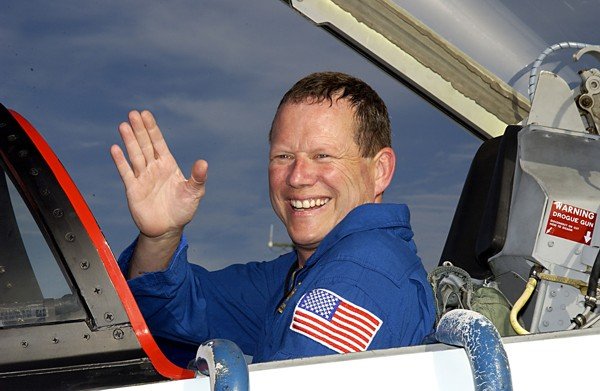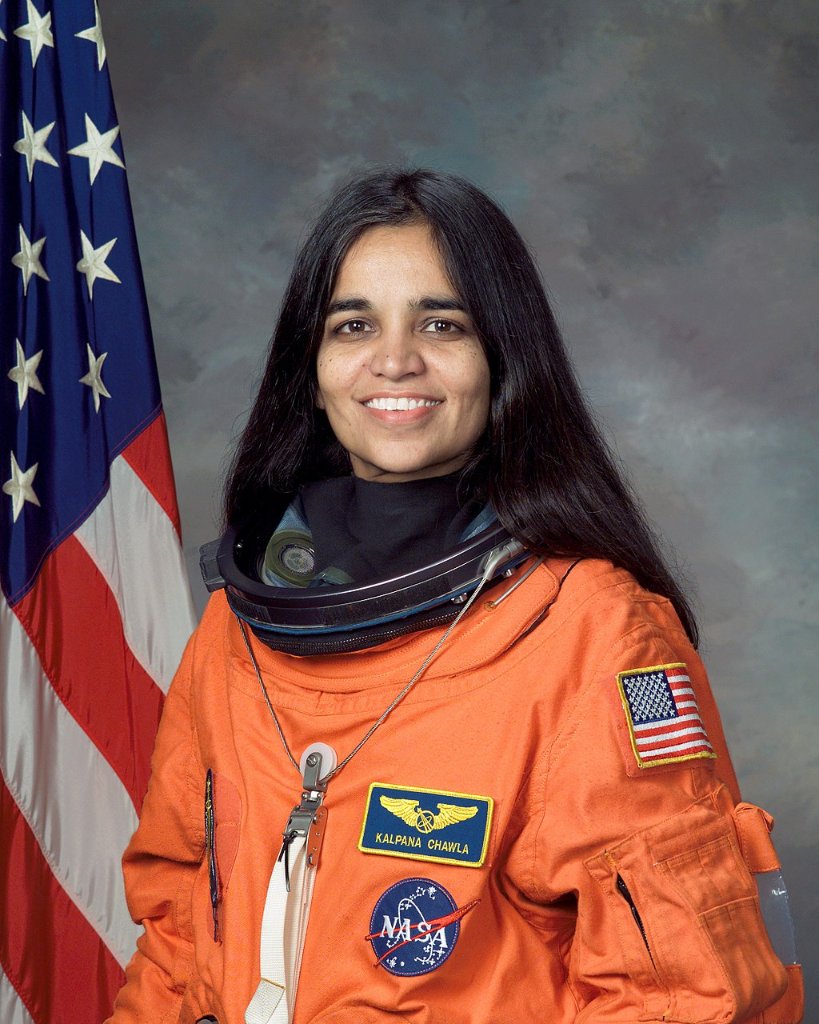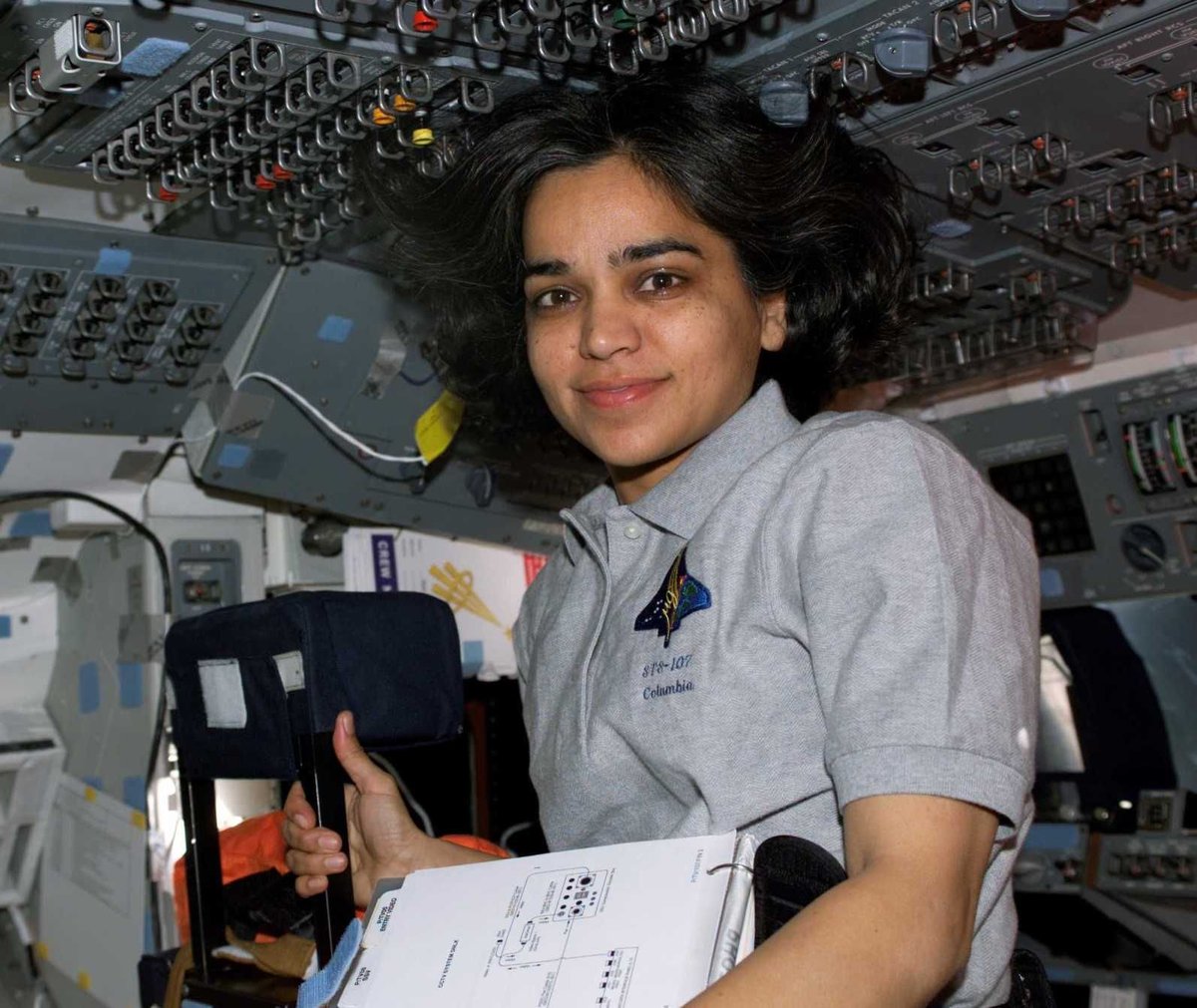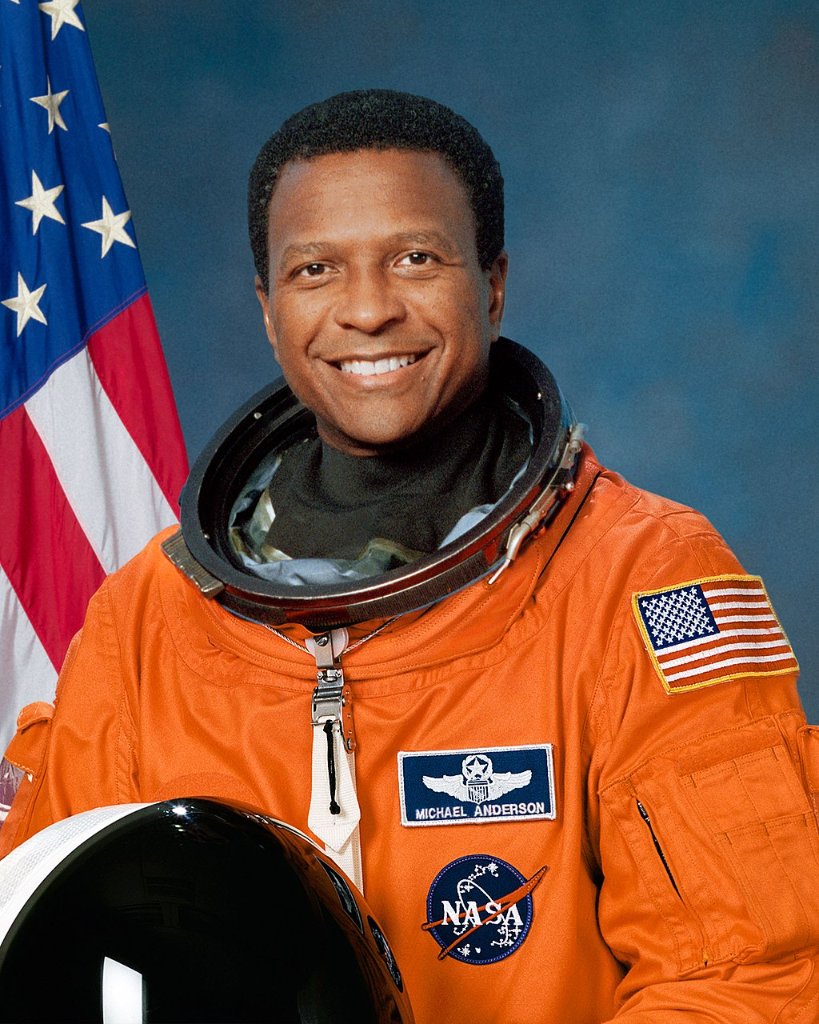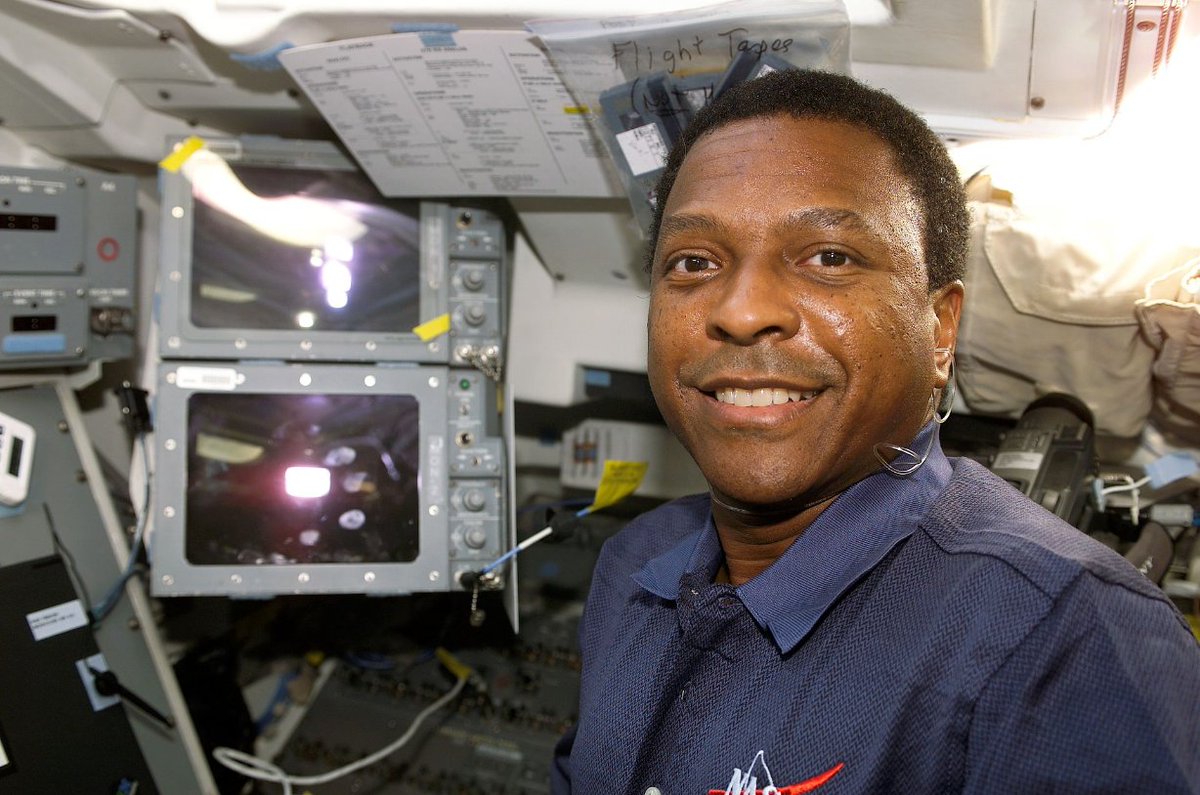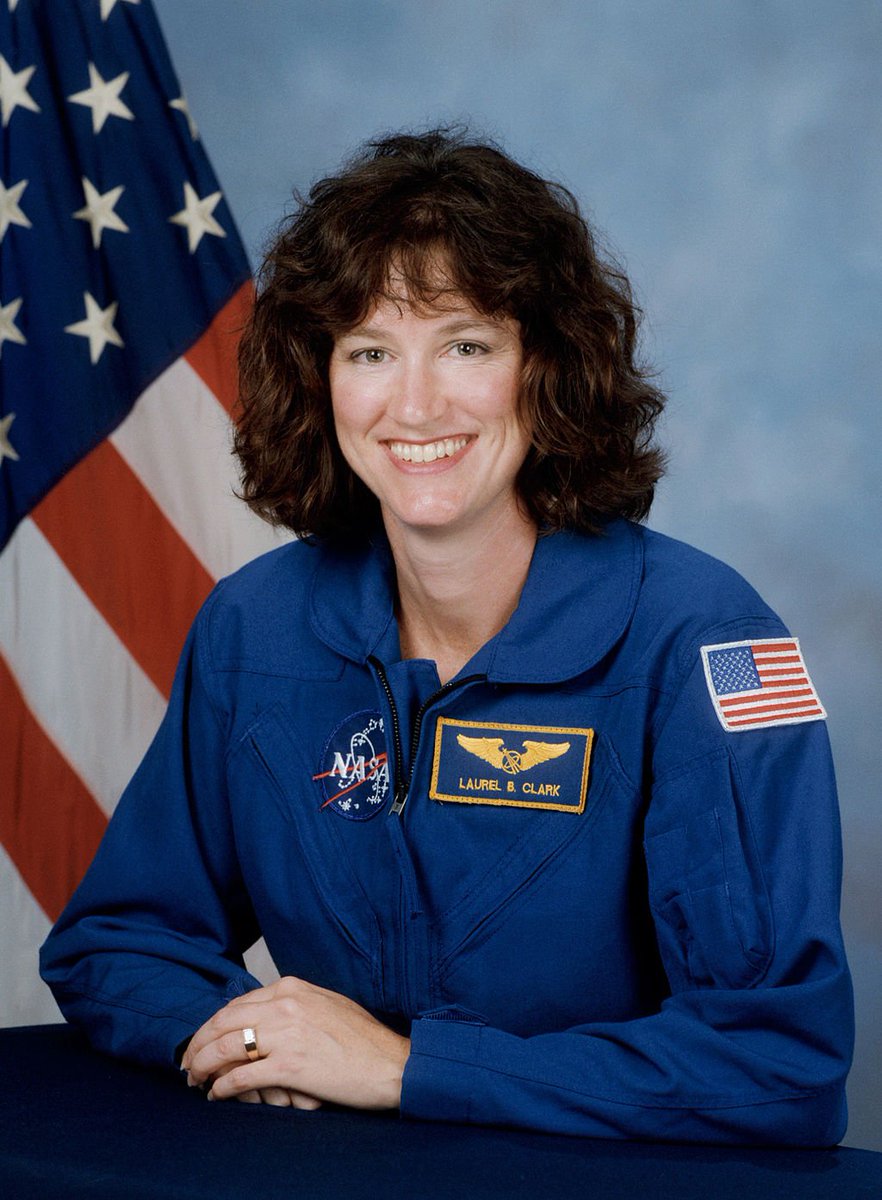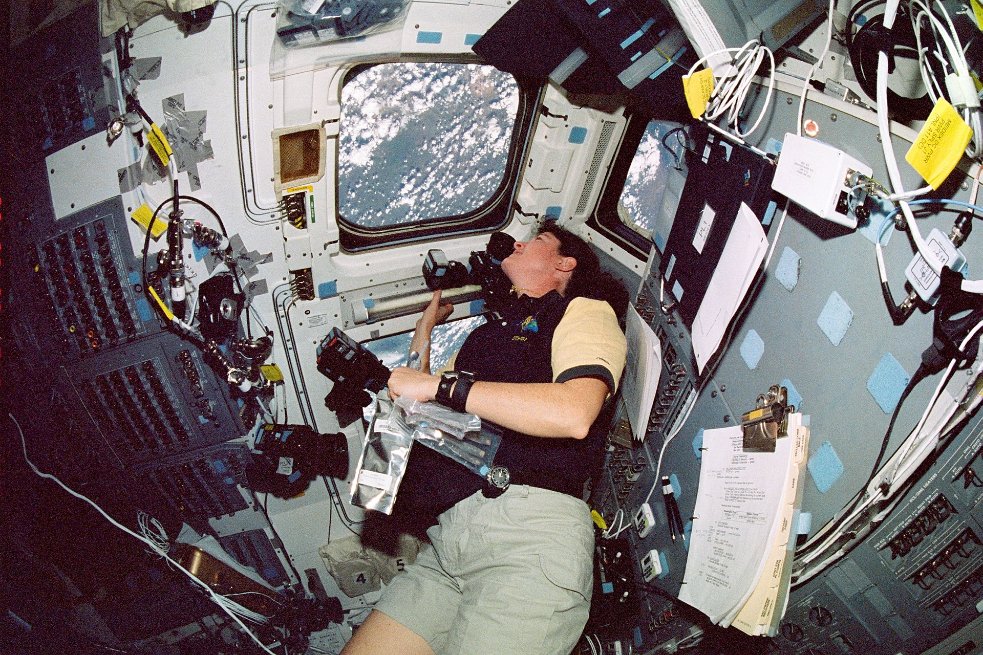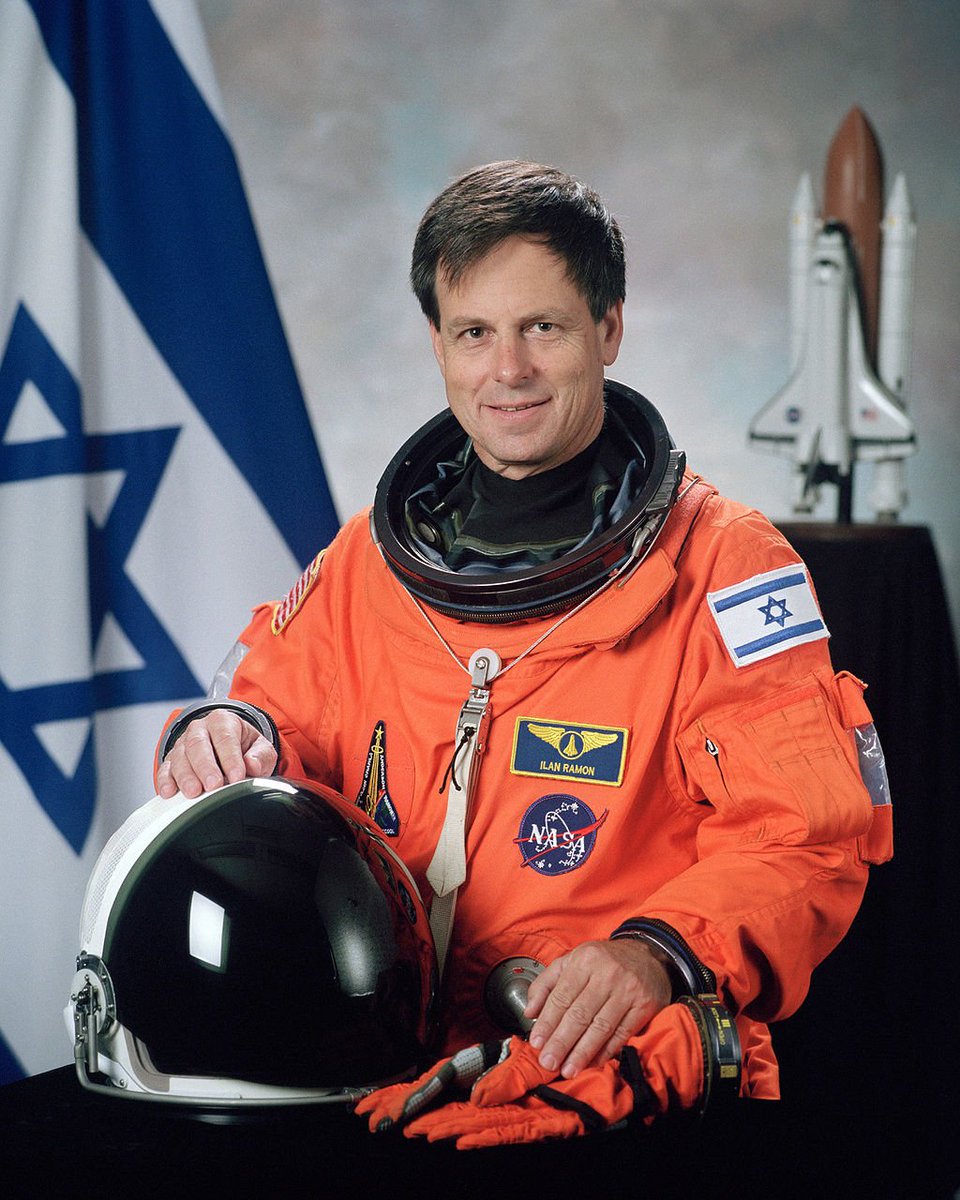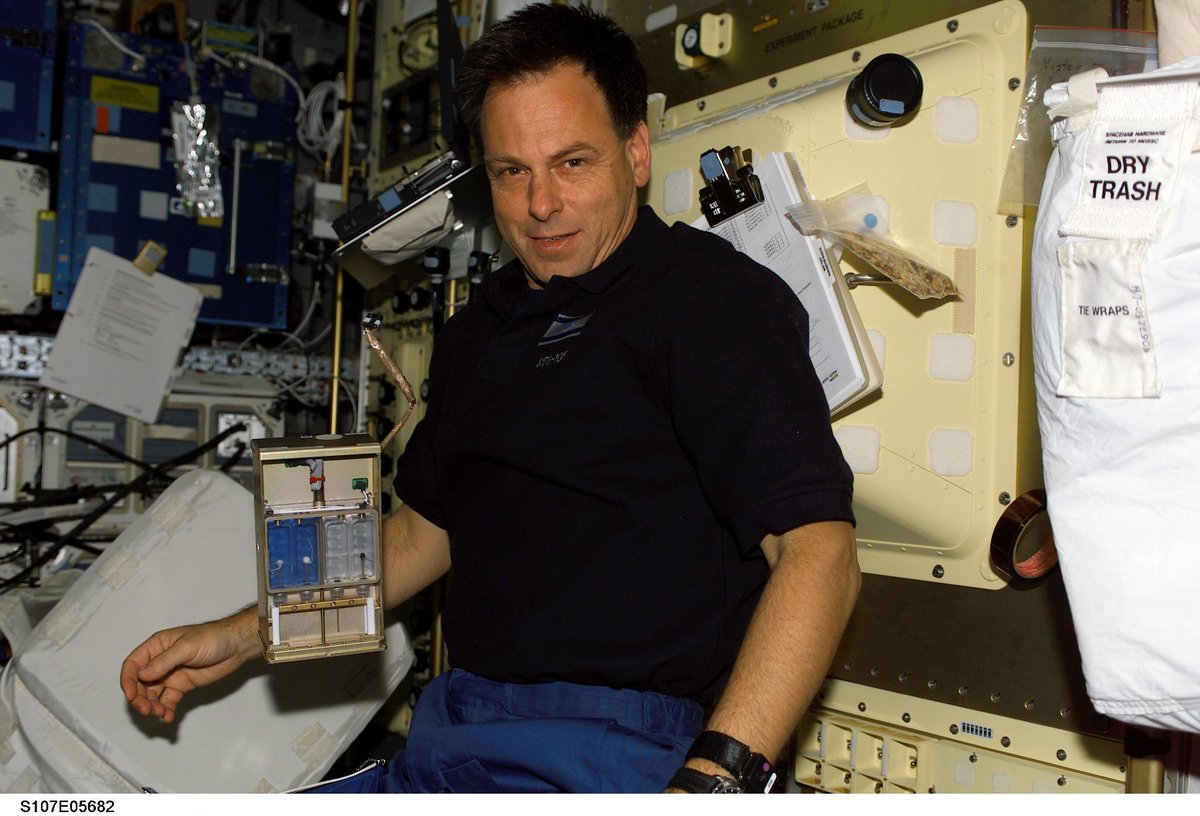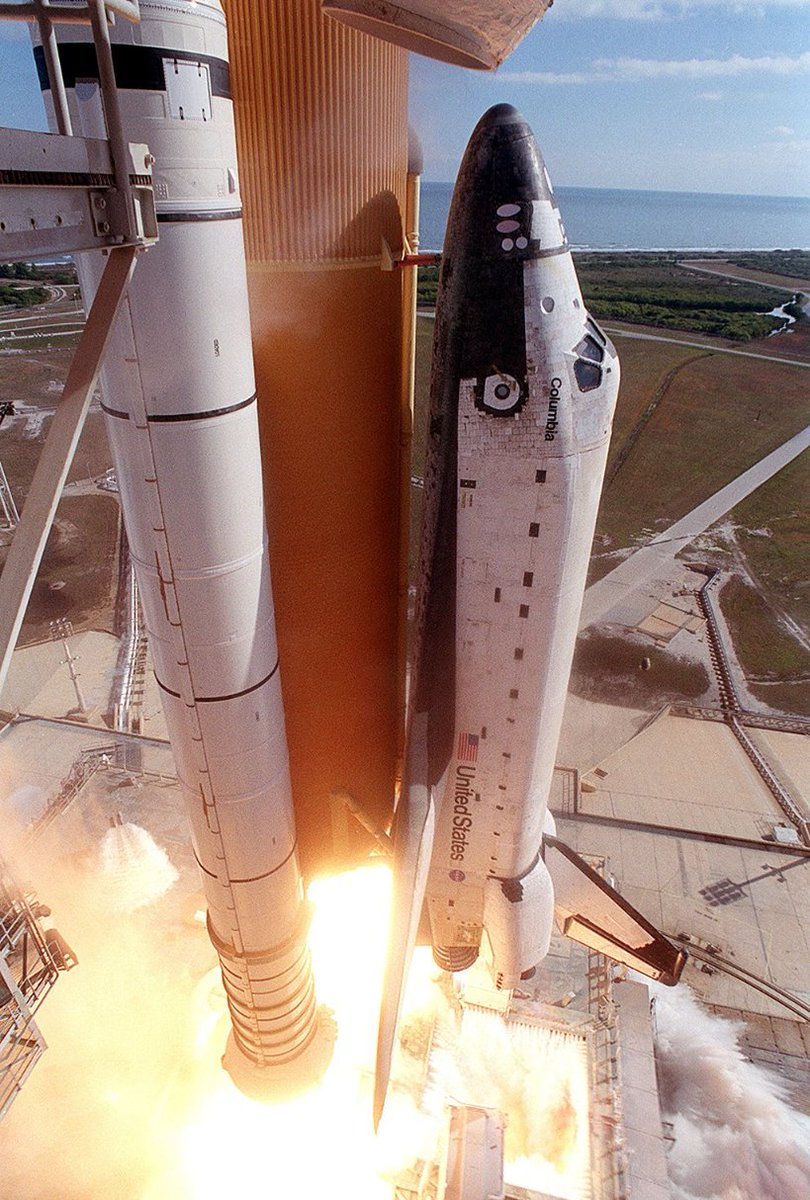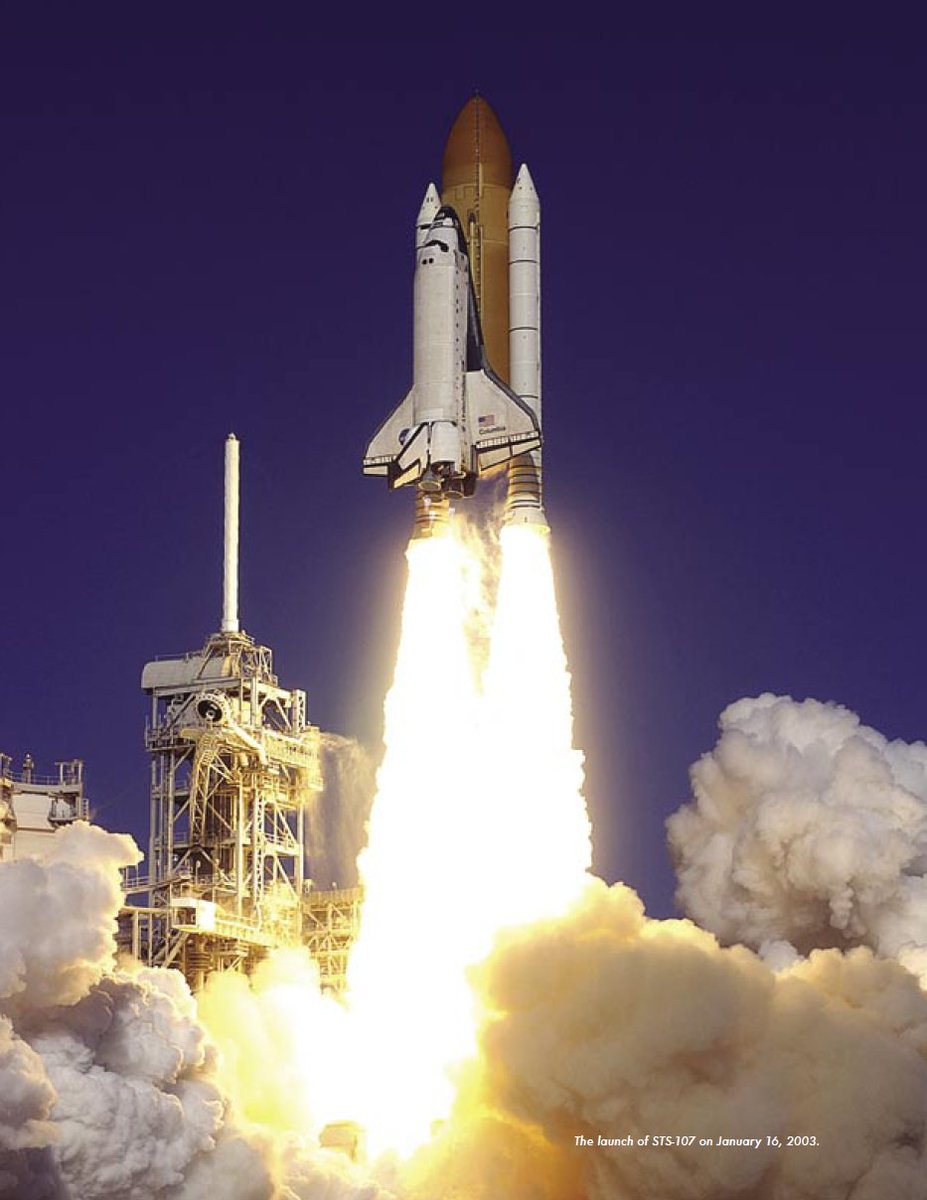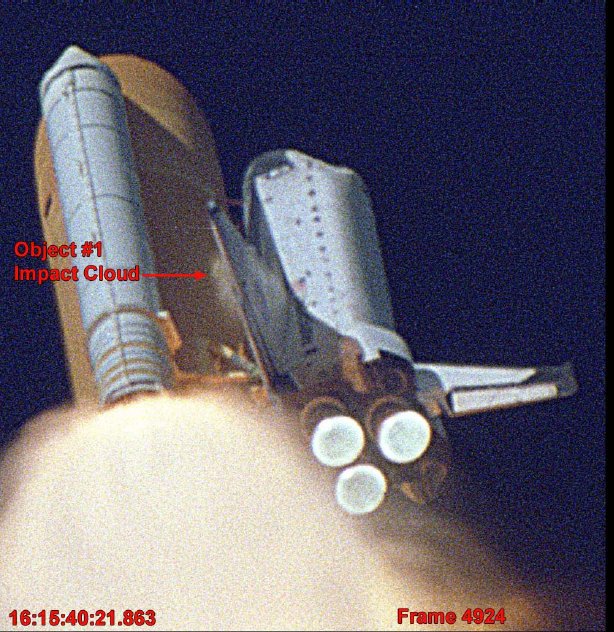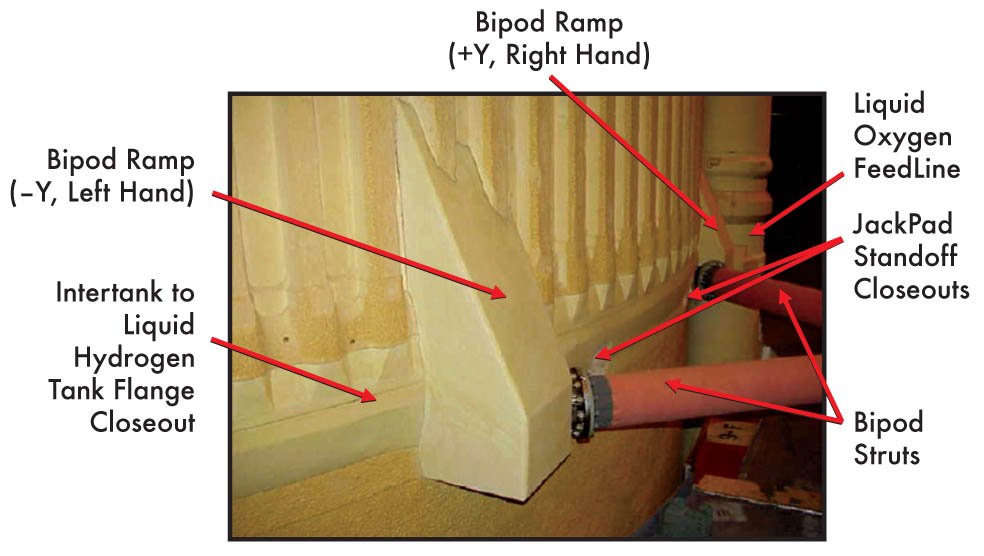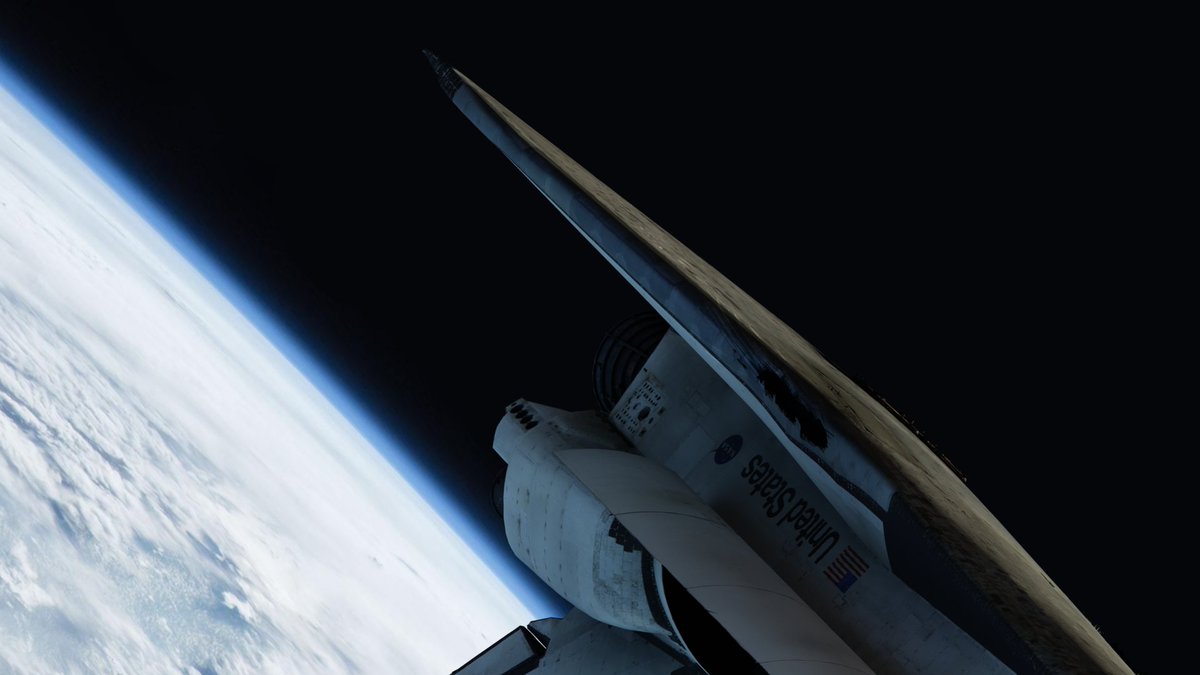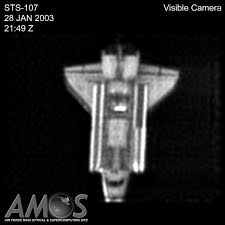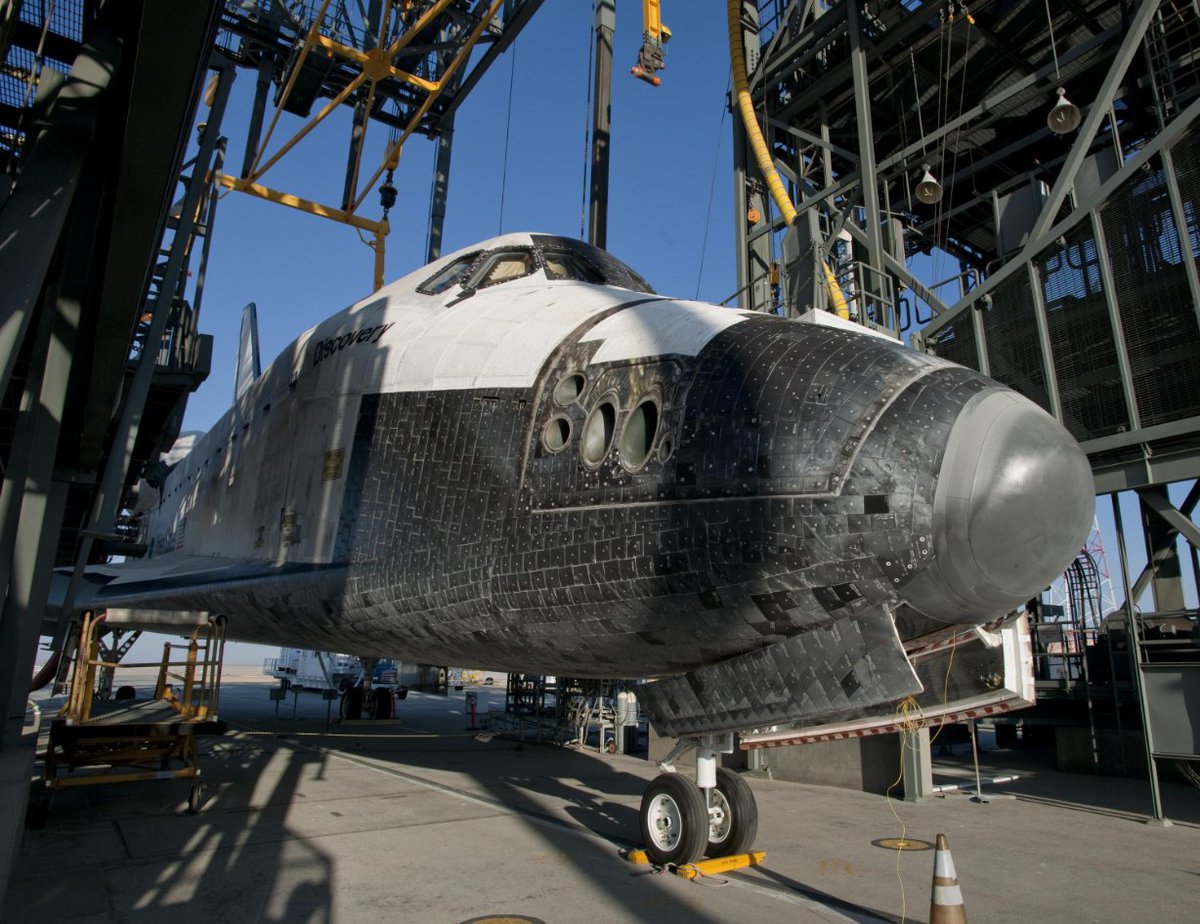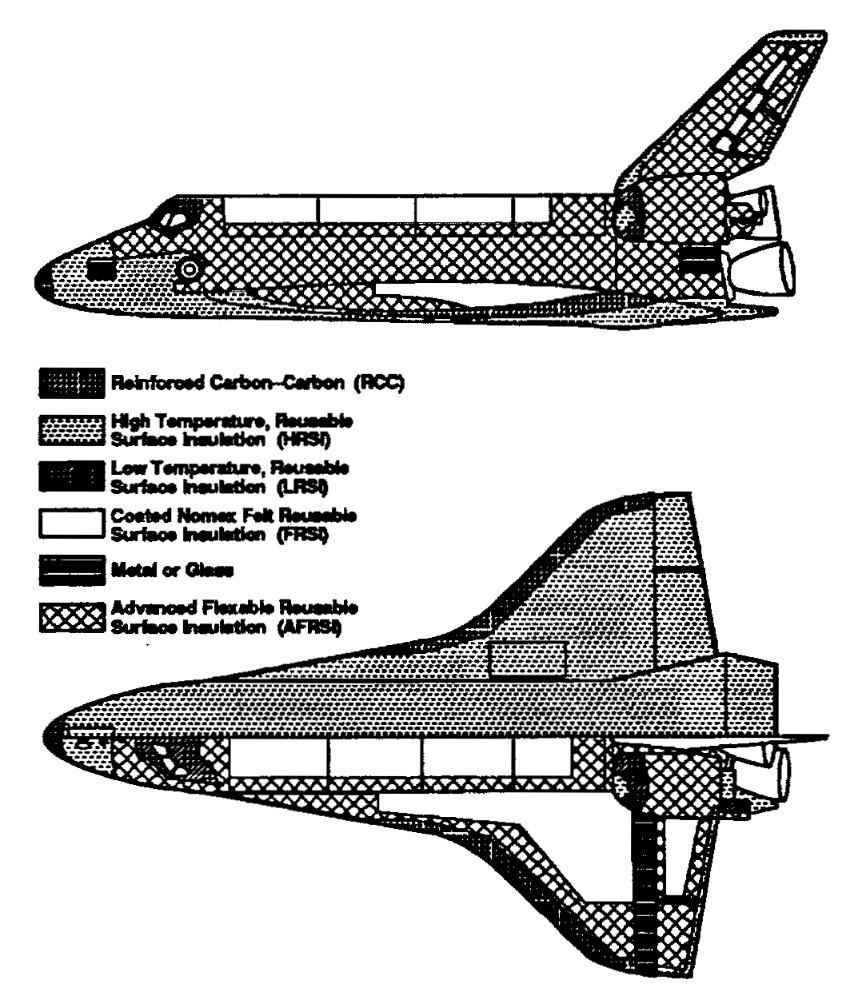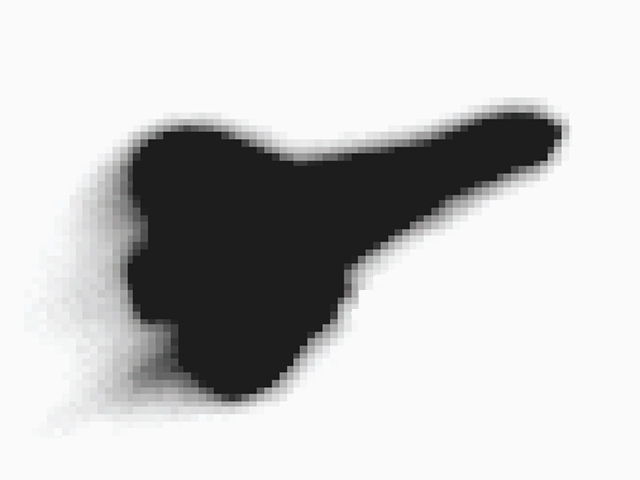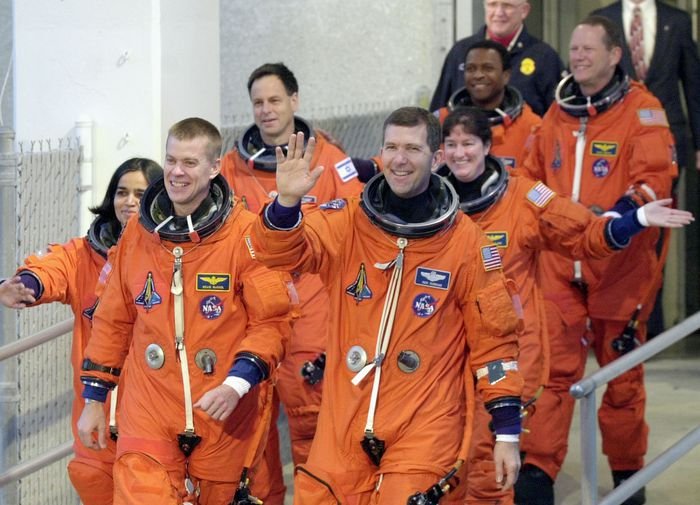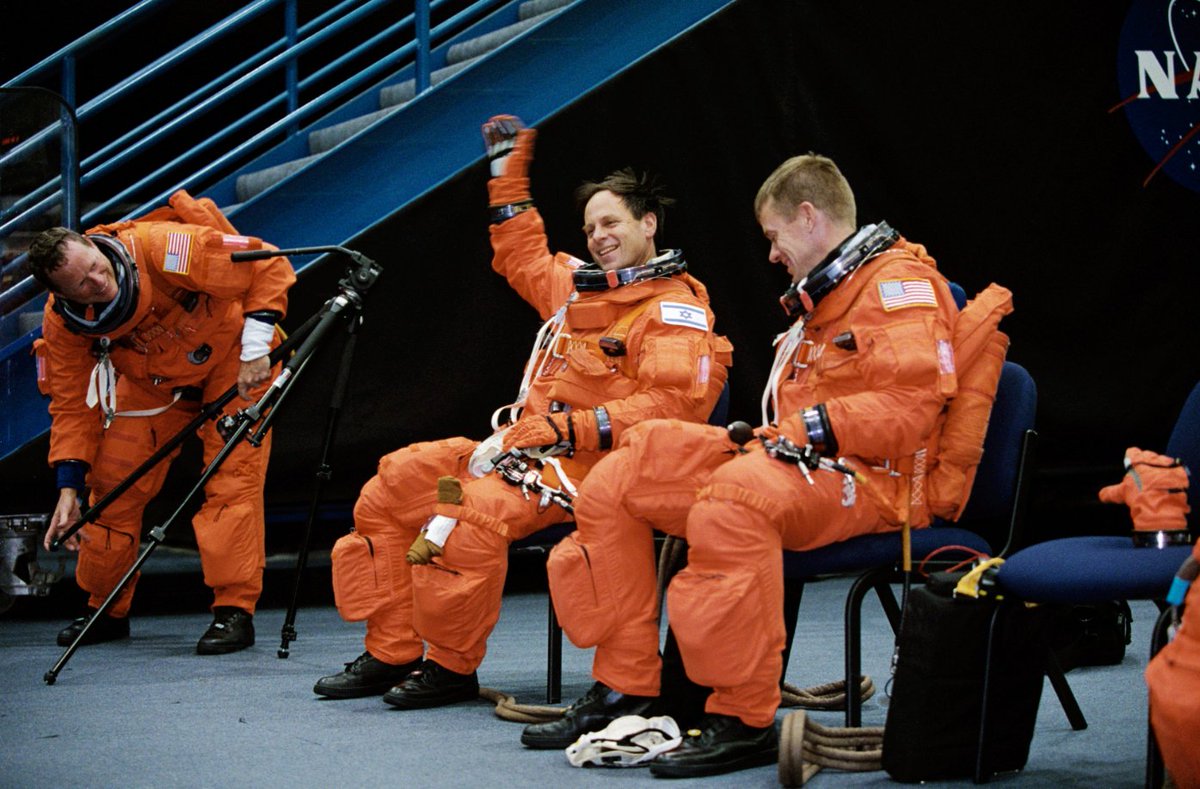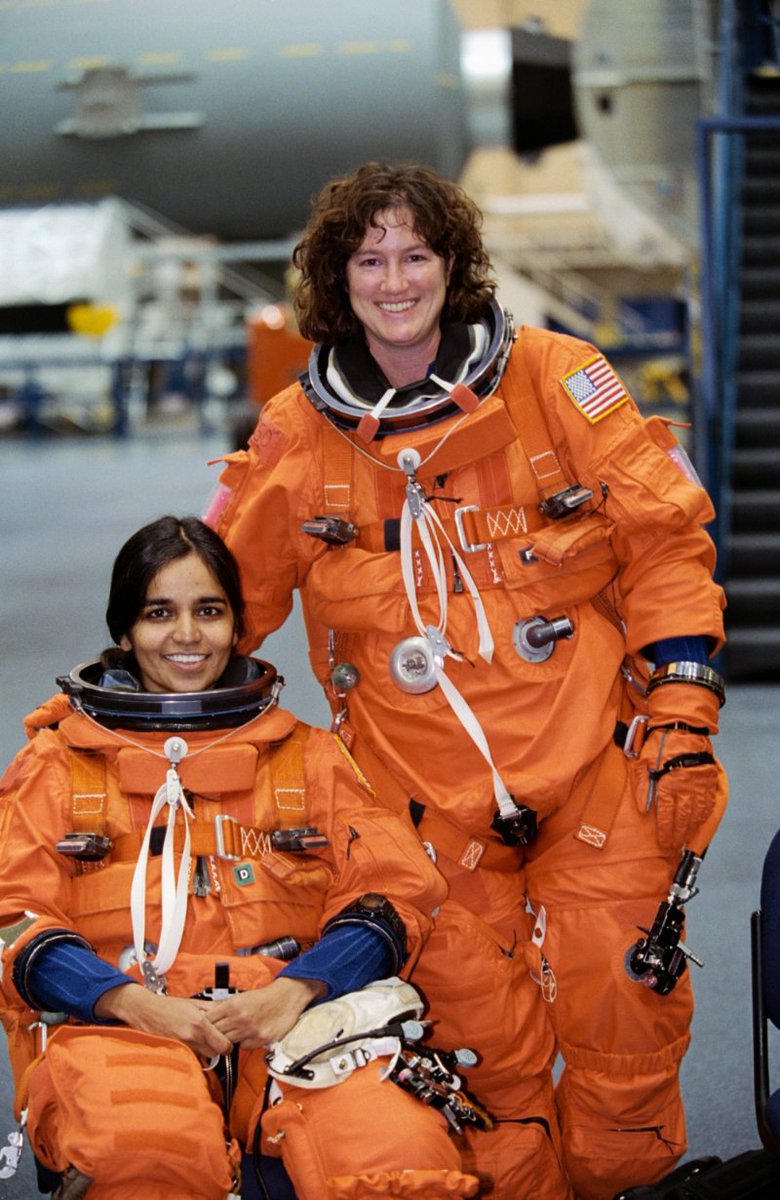February 1st, 2003, Space Shuttle Columbia is scheduled to land at the KSC in Florida after completing a 16 day mission. However the orbiter didn't come home, and neither did the crew of 7. Now, nearly 18 years later, I want to us to remember who we lost, and how we lost them.
STS-107 was a fairly routine mission for Columbia. Inside of the payload bay was the Spacehab Research Double Module. The single module variant flew on 7 missions, and STS-107 was the first flight of the larger double variant of Spacehab.
Rick Husband was the Commander of STS-107. Before becoming a NASA Astronaut in 1994, he was a test pilot for the United States Air Force. He flew on one previous shuttle mission, STS-96, as the Pilot.
William McCool was the Pilot. He joined the United States Navy and worked as a Naval Aviator, later becoming a test pilot. McCool joined NASA in 1996, and completed two years of training. STS-107 was his first mission to space.
David Brown was Mission Specialist for STS-107. He was a Captain for the United States Navy, and in 1988 he began test pilot training. He joined NASA in 1996 and completed two years of training. He was originally assigned to payload dev. for the ISS. This was his first mission.
Kalpana Chawla was Mission Specialist for STS-107. She was born in India and moved to the United States in 1982. In 1988 she began working for the NASA Ames Research Center, and later joined the Astronaut Corps in 1995 after becoming a US citizen. She flew on STS-87 in 1997.
Michael Anderson was Mission Specialist for STS-107. He was a pilot and officer for the United States Air Force. He joined NASA in 1995, and completed a year of training. He was Mission Specialist for STS-89 in 1998, which was the 8th shuttle mission to dock to Mir.
Laurel Clark was Mission Specialist for STS-107. She was a Flight Surgeon for the United States Navy. She joined NASA in 1996 and completed two years on training. STS-107 was her first mission to space.
Ilan Ramon was Payload Specialist for STS-107. He was a Fighter Pilot for the Israeli Air Force. In 1997 he was selected by NASA to become a Payload Specialist, and assigned to STS-107. This was his first flight to space, and made him the first Israeli Astronaut.
STS-107 lifted off successfully on January 16th, 2003. After ~8.5 minutes the main engines shut down, and the orbiter separated from the External Tank. At this point there was no indication that something had gone wrong.
After Columbia reached orbit, NASA began doing routine checks of launch footage. The first review of the footage found no problems, however a second review of higher resolution footage did. A piece of foam from the external tank broke off and struck the left wing of the orbiter.
At this time there was no way for ground crews to see just how bad the damage was with existing footage. There were requests for ground and satellite based imagery of the orbiter to assess the damage, however these appear to have not seen any evidence of damage.
After completing the 16 day mission, the vehicle deorbited and began reentry. During this period, the vehicle will experience intense heat. For this reason, the bottom of the orbiter is covered in black ceramic tiles, and high temp areas are protected by Reinforced Carbon-Carbon.
During reentry, hot gases begin entering the damaged left wing. As the vehicle continued through reentry, mission control noted multiple sensors giving heat warning, and eventually failing completely. Through the reentry the left wing would have been slowly shedding debris.

 Read on Twitter
Read on Twitter